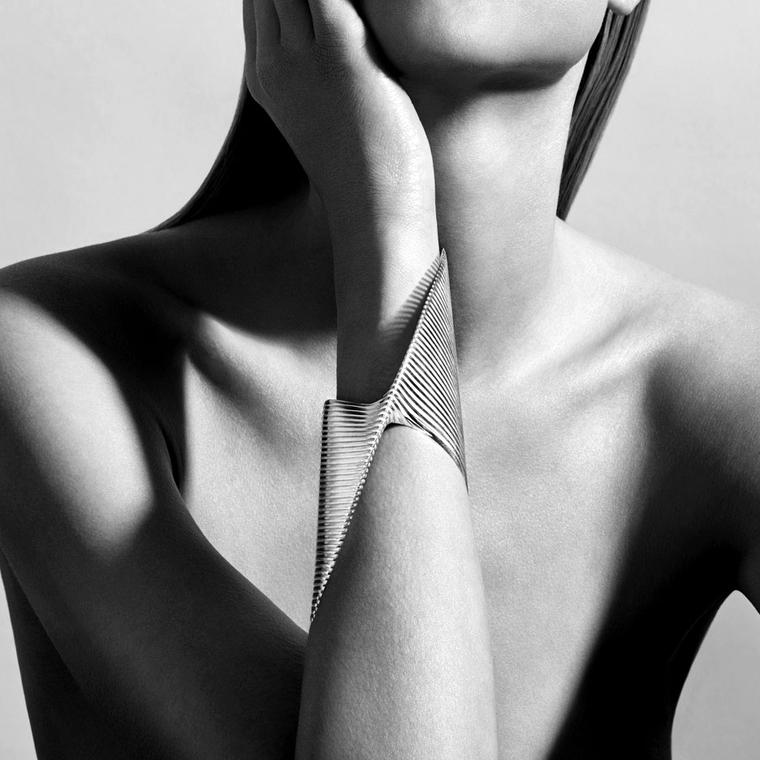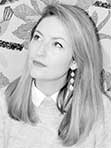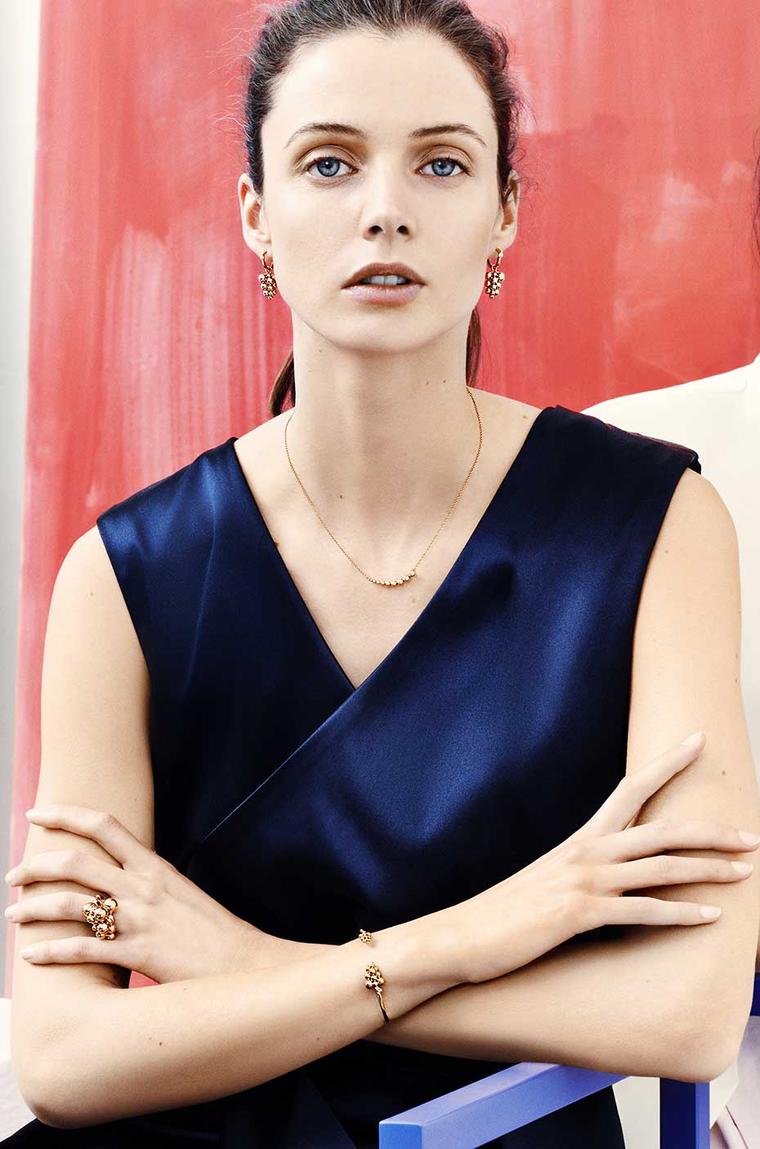Baselworld in Switzerland is the biggest jewellery show on the planet and, each year, this exclusive showcase of the best in the business provides a loupe into the fine jewellery trends for magpies in the know.
This year, the halls showed off the industry’s continued fascination with colour and whimsy through gemstone designs that blended both colours and cuts. Various ranges of Jacob & Co and Chopard jewellery experimented with rainbow wheels of coloured sapphires, while French brand Aurélie Bidermann made its first appearance with fun jewels that encased tumbling coloured sapphires within glass, brightly hued gemstone bugs and fruits, and a standout Scarabée yellow gold cuff decorated with 1,405 multicoloured sapphires, diamonds and tsavorites.
Enamel was also used to bring colour to designs, and the Amrapali jewellery on display had an almost cartoonish line of rich yellow gold jewels with splashes of bright enamel, including one pioneering type that mimicked lapis lazuli. Greek jeweller Venyx also pushed the boundaries of enamel with a Tiger Ray gold ring decorated with glow-in-the-dark enamel that illuminates under UV light, while fellow Greek brand Nikos Koulis presented a line of engagement rings that encircled diamonds and emeralds with glossy black enamel bezels.
Colour play was also to be found at the big pearl brands such as Mikimoto and Autore, where golden South Sea pearls were the shade of choice. Italian jeweller Alessio Boschi unveiled a new creation suite that used golden pearls from Burma - a new source that he believes delivers a richer lustre than any golden pearls farmed elsewhere due to the quality of the water there.
White diamonds are, of course, still popular when it comes to jewellery trends and there were some fantastic rocks on display in all shapes and sizes. The most prominent trend at the show was a leaning towards rose-cut diamonds with many houses, including Marco Bicego and Sutra, using them to surround a coloured gemstone or simply stand alone. The top-quality rose-cuts, which are less forgiving to inclusions than modern cuts, looked almost glass-like and can carry high price tags.
Another of the key jewellery trends for 2016 was for jewels that offered modern shapes and a geometric edge to designs.
Georg Jensen boasted one of the busiest stands at the show, thanks to its collaboration with the late architect Zaha Hadid, which not only gave it a space-age display, but some seriously avant-garde silver jewels, some blackened with rhodium plating - another key trend at the show. Triangles and trillion-cut stones also tapped into this theme and these classic shapes, which felt very modern, could be found everywhere from stalwarts such as Graff to mavericks like Messika.






















